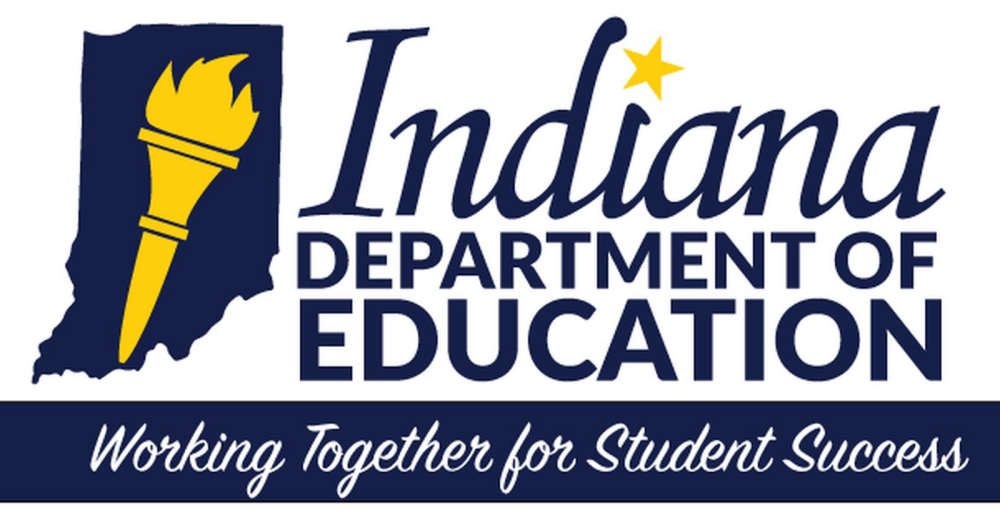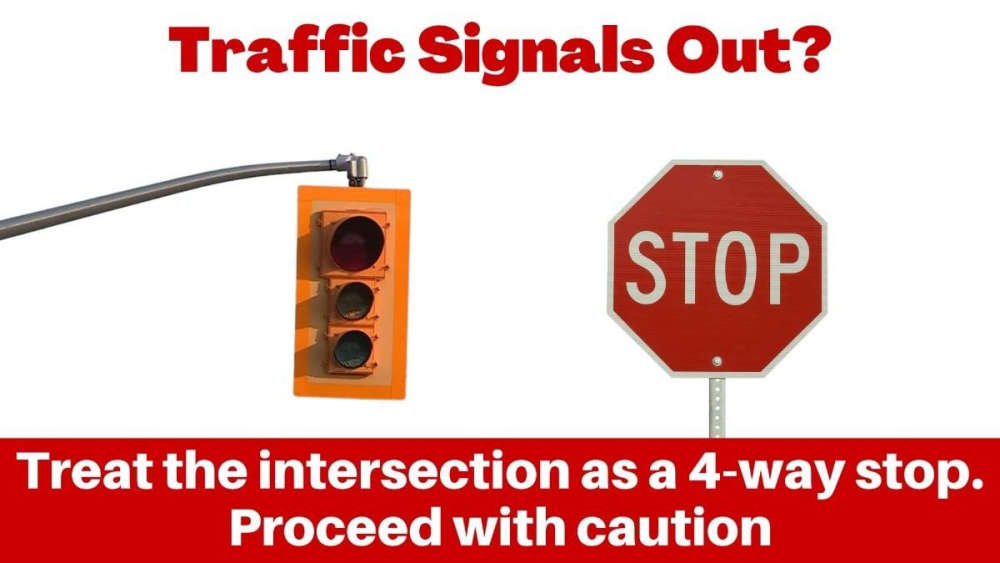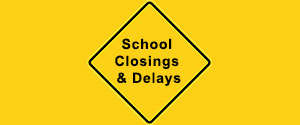
Results from the 2024-2025 Indiana Reading Evaluation and Determination (IREAD) assessment show an unprecedented increase in third grade literacy rates. With this nearly five percentage point jump, Indiana’s third grade literacy rates have now increased for four consecutive years, indicating that Indiana’s strategic, intentional investments in early literacy are working.
“As we work to make Indiana a beacon of freedom and opportunity, helping every Hoosier to live out their American dream starts with the ability to read,” said Governor Mike Braun. “From 2024 to 2025, Indiana’s literacy rate jumped by nearly five percentage points, surpassing the record set the previous year eight times over. The number of Indiana students learning to read is growing at an unprecedented pace and is yet another example of how we are leading the nation in education. We will continue to raise the bar and set the model for what is possible when we prioritize educational outcomes and get back to the basics, focusing on the foundations that unlock a lifetime of learning and success.”
Statewide, results reveal that 73,500 of Indiana’s third grade students – or 87.3 percent – demonstrated proficient reading skills on the IREAD assessment. This is an improvement of nearly five percentage points over results for the 2023-2024 school year, which is by far the largest single-year increase since the launch of IREAD in 2013. The previous record for the largest year-over-year increase was set in 2024, and was less than 1%.
“Indiana has made extraordinary progress from where we began just a few years ago, when nearly one in five Indiana third graders could not read, to today when literacy rates have increased by nearly five percentage points in just one year,” said Dr. Katie Jenner, Indiana Secretary of Education. “Thanks to the hard work and collaboration of our educators, parents and families, students, and local communities – we have turned the page, with literacy rates now soaring at a historic pace. This is a time for celebration, and it is also a time to double-down on our commitment to helping even more students learn to read. The data is clear – what we are doing is working – so let’s keep at it, ensuring a brighter future for Hoosier students.”
From 2013, when IREAD began, to 2021, Indiana’s literacy rates declined every year, except one (a 0.2 percentage point increase from 2014 to 2015). The pandemic exacerbated this literacy crisis, and in response, Indiana has made historic investments aimed at helping more students learn to read. With the nearly five percentage point jump in 2025, Indiana’s third grade literacy rates are now back to pre-pandemic levels. The state has also set a goal that by 2027, 95 percent of third grade students will be reading proficiently.
Other key takeaways from the data include:
- For the first time ever, literacy rates increased for all student populations.
- Literacy rates for Black students, students in special education, and students receiving free/reduced price meals have increased for four consecutive years.
- Black students:
- 7.5 percentage point increase from 2024 to 2025
- 14.1 percentage point increase from 2021 to 2025
- Students in special education:
- 7.5 percentage point increase from 2024 to 2025
- 12.2 percentage point increase from 2021 to 2025
- Students receiving free/reduced price meals:
- 6.6 percentage point increase from 2024 to 2025
- 10.0 percentage point increase from 2021 to 2025
- Black students:
- Literacy rates for Hispanic students and English learners increased in 2025 (7.5 and 7.2 percentage points respectively) following decreases in 2024.
- Over 450 Indiana elementary schools hit the 95% reading goal, an increase of an additional nearly 180 elementary schools in just one year.
Beginning this year, all second grade students participated in the IREAD assessment – a tactic that has already proven successful at providing educators and families an early indicator of whether a student is on-track to read by the end of third grade.
Of the second grade students who participated in IREAD in 2025, 68% passed or are On-Track to pass by the end of third grade. Over 96% of second graders who achieved On-Track in 2024 passed the assessment in 2025, thus showing the value and accuracy of the On-Track indicator. With the help of this early indicator, educators were also able to identify students needing interventions to master foundational reading skills, allowing more than 65% of second graders who were identified as At-Risk in 2024 to pass in 2025.
Another tactical solution showing signs of success is the Indiana Literacy Cadre . The Indiana Literacy Cadre is a partnership between the State of Indiana, the University of Indianapolis’s Center of Excellence in Leadership of Learning (CELL) and Marian University’s Center for Vibrant Schools, which provides early elementary teachers with embedded instructional coaching and support aligned with science of reading. Science of reading is an evidence-based body of research that uses phonics, phonemic awareness, fluency, vocabulary, and comprehension to teach students to read. Schools that participated in the Indiana Literacy Cadre during the most recent school year had a seven percentage point increase in students passing IREAD, or nearly double that of schools that did not participate in the Literacy Cadre.
The Indiana Literacy Cadre is one of several tactical solutions made possible through the state’s largest-ever financial investment in literacy, which was announced in August 2022. Indiana continues to partner with Lilly Endowment, Inc. to invest up to $170 million to support early literacy development.
Below are additional examples of how Indiana continues to help more students learn to read –
- A universal screener to identify K-2 students who are not on track to become proficient readers;
- Assessment and instructional frameworks updates to provide science of reading support;
- Assessing reading ability on both ILEARN checkpoints and the summative assessment via Lexile scores;
- Advisory lists to assist schools in identifying high-quality curricular materials (HQCM Advisory lists);
- Free or low-cost reading and math support (Summer Learning Labs);
- Teacher training in science of reading (Early Literacy Endorsement);
- A one-stop shop providing educators and families with instructional resources, professional development opportunities, and other best practices (Indiana Learning Lab);
- The Dolly Parton Imagination Library to increase access to books for our youngest Hoosiers.


 Another fatal crash at U.S. 31 and S.R. 10
Another fatal crash at U.S. 31 and S.R. 10
 Traffic light out at 30 and Pioneer Drive
Traffic light out at 30 and Pioneer Drive
 California, Chicago residents face multiple charges following U.S. 30 traffic stop
California, Chicago residents face multiple charges following U.S. 30 traffic stop
 Plymouth Board of Public Works & Safety approves Keystone Fuel contract for Street Department
Plymouth Board of Public Works & Safety approves Keystone Fuel contract for Street Department
 Plymouth Officer makes three arrests in two separate traffic stop incidents
Plymouth Officer makes three arrests in two separate traffic stop incidents
 Two drivers arrested on reckless driving charges along U.S. 30
Two drivers arrested on reckless driving charges along U.S. 30
 Plymouth man arrested on drug charge following traffic stop
Plymouth man arrested on drug charge following traffic stop
 Knox woman arrested on outstanding warrant in Plymouth
Knox woman arrested on outstanding warrant in Plymouth




